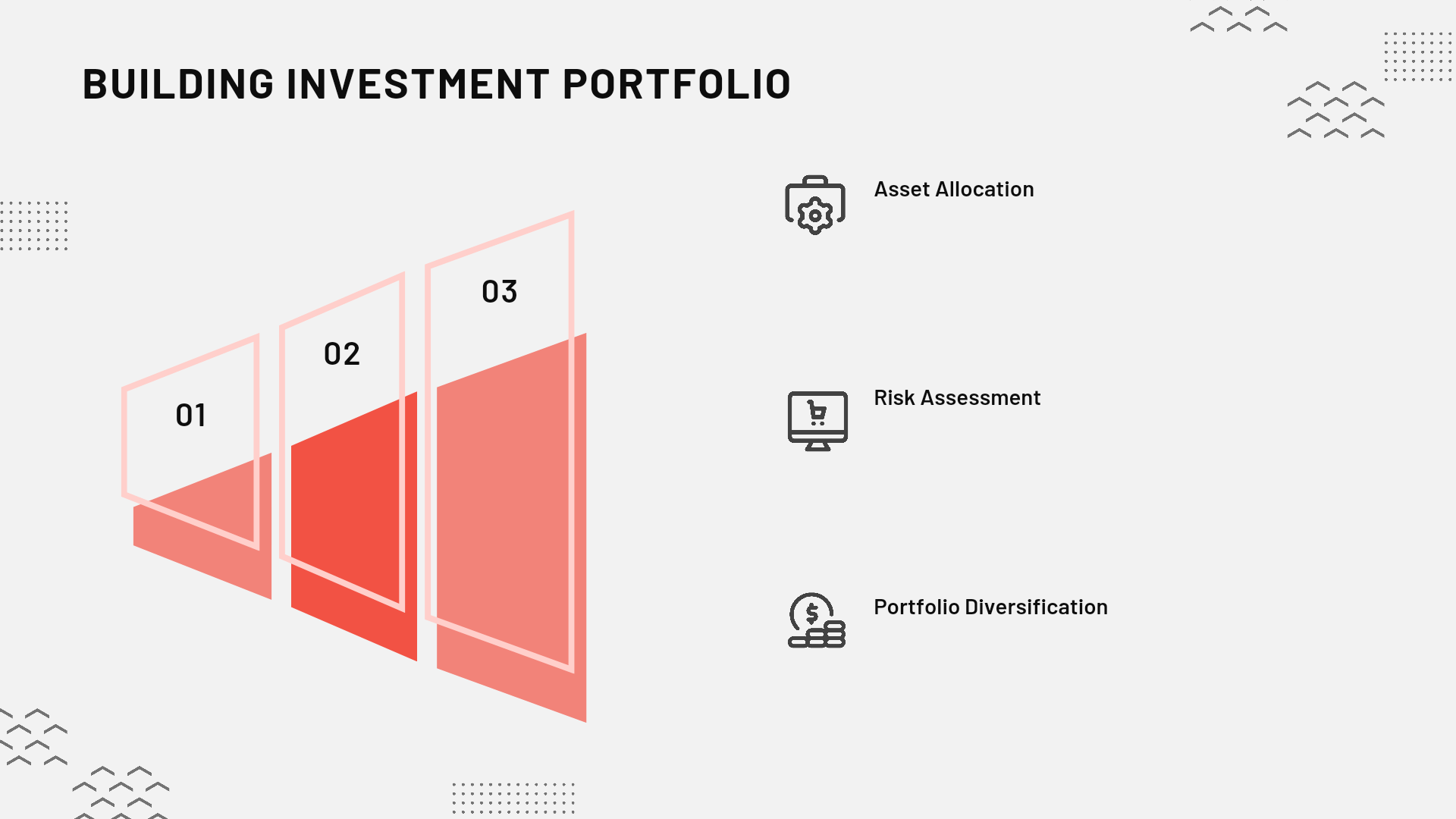
Creating a winning strategy for trading or investing requires mastery in portfolio management. In this blog, let’s unveil the tips, pivotal points, tricks and principals to construct a resilient investment approach to manage your portfolio.
Skip Random Selection of Stocks
Stocks and trading can be highly attractive. You get to simply make decisions and earn returns. Besides this straight-forward approach, the stock selection also poses a great point of interest. To that end, it becomes quite easy and even comfortable to randomly choose the stocks. Usually, new traders simply look at the monthly or yearly graph and then invest in a stock. However, a good portfolio must be simply more than random selection.
Control your risk measure
Till date, diversification remains the ultimate cornerstone of portfolio management. It helps spreads your investment across various classes of assets like bonds, real estate, stocks, mutual funds, etc. This can help mitigate your risk. Akin to a strong team requiring a balanced approach with good batters, bowlers and fielders, your portfolio should also consist of diversified approach.
Align your goals
Your investment portfolio needs to be fabricated in accordance with your monetary goals. If you are saving money, are you doing it for your retirement, a down payment on a property, or the education of your child? Having a clear understanding of your objectives enables you to select assets that are appropriate.
Aiming for long term growth
The only thing you have to invest, aside money, to create a wealth is time. Building it takes lots of patience and discipline. Hence, one should always resist the urge to make impulsive selections. It’s not a good practice to change your strategy with market fluctuations. Try to create the portfolio that remains effective for the long run.
How to create a perfect stock combination in your portfolio management

Decide the numbers
There is no rocket science behind settling on a particular number. As a rule, you may aim for 10 to 20 stocks. This can help you achieve a good diversification. This number is also easy to manage. When you have number of stocks, you have a range of companies that help you mitigate the risk. However, keep note that investing in many stocks can make it tough to manage or even track your investments.
Asset Allocation
Asset allocation basically refers to the percentage of each asset distributed in your portfolio. Here, a common thumb rule is to allot higher asset values to stocks. This will help in returning long-term goals. You should opt for higher asset allocation to bonds as they give you short-term returns. If you are new in investing and have a long vision, you are able to tolerate more risk. You need to allocate the larger portion to stocks and seek higher returns.
Read more about asset allocation strategy here.
Weighing your stocks
Try not to put all your stocks in one basket. No single stock can determine your portfolio. Hence, try to aim a balance, where every stock has an equal weighing term. This reduces the impact of a single stock performance and reduce risks in your portfolio management strategy.
Concluding
Summing it up, remember that creating portfolio is not about just picking the right stocks. Its more than that. It involves periodically reviewing and rebalancing your profile. Also, it includes targeting your asset allocation and aligning your risk tolerance with your goals. Investors who simply invest and leave market to do its thing, usually head towards a disaster. A wise investor is one who frequently check his stocks, balance, earnings and implement changes from time to time. By following the above mentioned principals, you can build and rebuild a strong investment portfolio that will help you get closer to your financial dreams.
Read our blog section to explore more such informative topics.


